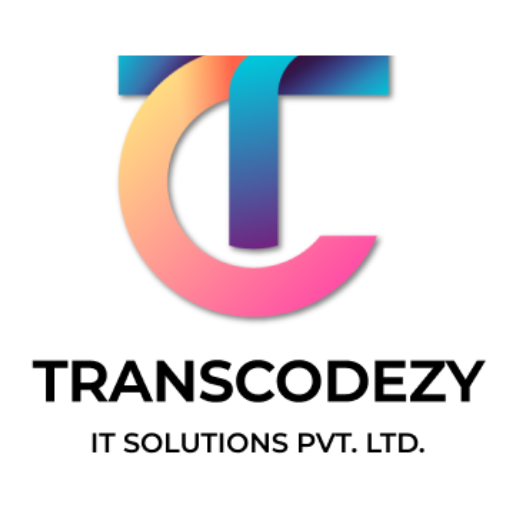9 Powerful Ways Healthcare IT Solutions Enhance Patient Care (Internet Services - Other Internet Services)

USNetAds > Internet Services > Other Internet Services
Item ID 133595607 in Category: Internet Services - Other Internet Services
9 Powerful Ways Healthcare IT Solutions Enhance Patient Care | |
In today’s rapidly evolving medical landscape, technology is no longer just a support tool—it’s the foundation of effective patient care. From digital recordkeeping to AI-powered diagnostics, healthcare IT solutions are redefining how providers interact with patients, make decisions, and improve outcomes. Gone are the days of cumbersome paperwork and delayed diagnoses. Thanks to modern patient care technology, healthcare professionals now deliver faster, more precise, and more personalized care than ever before. Here are 9 impactful ways healthcare technology solutions are enhancing the quality of care for both providers and patients: 1. Electronic Health Records (EHRs): The Digital Backbone of Healthcare EHRs have transformed outdated paper charts into centralized digital hubs of patient information. With real-time access, clinicians can quickly review histories, test results, allergies, and medications—making care safer and more efficient. Benefits include: Improved coordination between doctors, nurses, and specialists Reduced errors due to legible, updated data Increased patient engagement through online portals Bottom line: EHRs are essential healthcare IT in patient care, ensuring accurate, collaborative treatment. 2. Telemedicine: Care Without Borders Telemedicine bridges geographical gaps, bringing virtual consultations to patients in rural or remote locations. It also enables follow-ups, chronic care management, and mental health therapy—without travel hassles. Key benefits: Greater access to specialists Lower costs and reduced wait times Timely interventions for chronic conditions 3. Clinical Decision Support Systems (CDSS): Smarter Decisions, Safer Care CDSS tools help providers analyze patient data and recommend evidence-based actions in real time. What they offer: Faster, more accurate diagnoses Alerts for potential drug interactions Improved adherence to clinical guidelines These tools support consistent, high-quality care across all departments. 4. Remote Patient Monitoring (RPM): Extending Care Beyond the Clinic RPM devices—like heart rate monitors or glucose sensors—send patient data directly to providers, enabling continuous monitoring from home. Impactful in: Diabetes and hypertension management Post-surgical recovery Reducing hospital readmissions This proactive approach elevates long-term outcomes. 5. Mobile Health Apps: Empowering Patient Participation From wellness trackers to mental health tools, mobile health apps let patients stay informed and proactive. Why it matters: Increases medication adherence Improves communication with providers Boosts patient ownership of health Healthcare teams also gain insights from app-generated data to personalize care plans. 6. Artificial Intelligence (AI): Predictive and Personalized Medicine AI supports everything from radiology analysis to predicting sepsis risk. Examples include: Early cancer detection Predictive analytics for chronic disease Virtual assistants for symptom checks By harnessing big data, AI-powered healthcare IT solutions turn care from reactive to proactive. 7. Integrated Communication Platforms: One Team, One Goal Miscommunication is a leading cause of medical errors. Secure platforms offering real-time updates and role-based messaging enhance team coordination. Benefits: Faster decision-making Reduced clinical errors Improved patient experiences 8. Blockchain: Securing Patient Information Blockchain ensures the security, transparency, and immutability of health records. Advantages: Tamper-proof data sharing Enhanced privacy for patients Streamlined compliance with HIPAA and other standards 9. Data Analytics & Population Health: Smarter Community Care Healthcare IT enables providers to analyze large datasets, identify public health trends, and prepare for disease outbreaks. This leads to: Early response to health crises Better allocation of resources Targeted public education campaigns Final Thoughts The benefits of healthcare IT are not limited to hospitals—they extend to every patient interaction. From EHRs and telehealth to AI and mobile apps, healthcare technology solutions empower both patients and providers to achieve better outcomes. Yes, challenges like cost, staff training, and data privacy exist—but with the right strategy, the gains far outweigh the effort. The future of patient care technology is here, and it’s improving lives every day. Because better technology means better care. Need help navigating digital healthcare solutions? Visit us at [Your Website or Contact Info] Let’s build the future of patient care—together.  | |
| Target State: California Target City : All Cities Last Update : Jun 23, 2025 1:44 AM Number of Views: 38 | Item Owner : Lyzoo info Contact Email: Contact Phone: 7428730894 |
| Friendly reminder: Click here to read some tips. | |
USNetAds > Internet Services > Other Internet Services
© 2025 USNetAds.com
GetJob.us | CANetAds.com | UKAdsList.com | AUNetAds.com | INNetAds.com | CNNetAds.com | Hot-Web-Ads.com | USAOnlineClassifieds.com
2025-10-16 (0.398 sec)